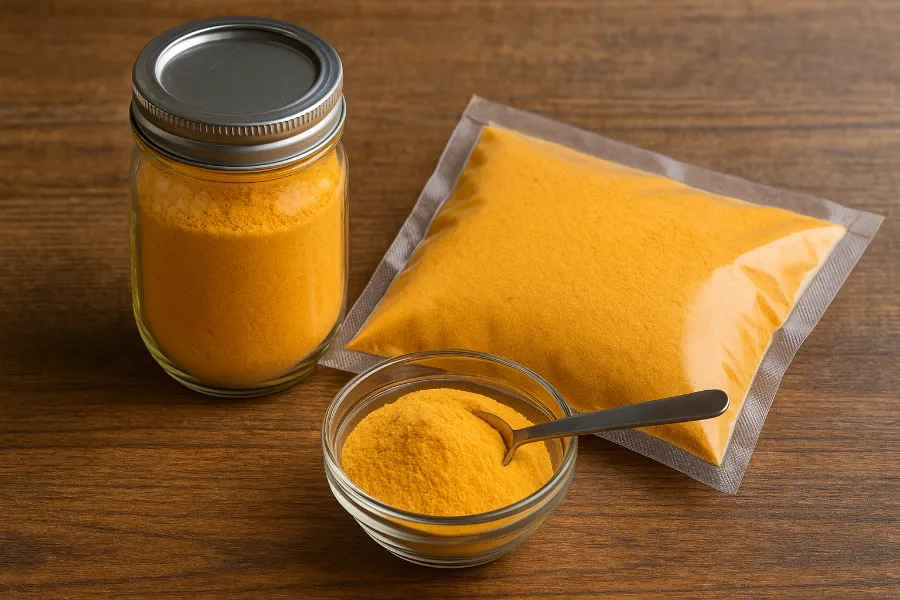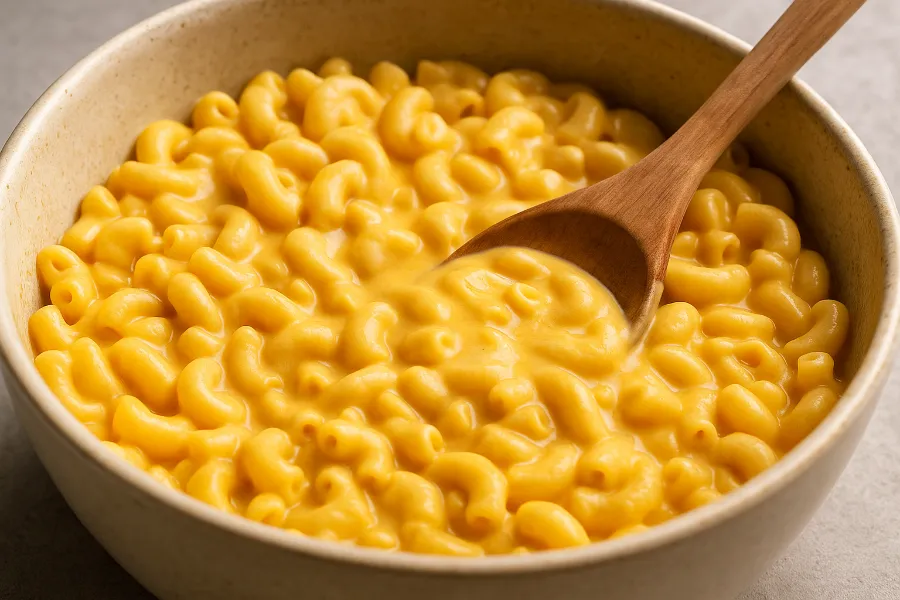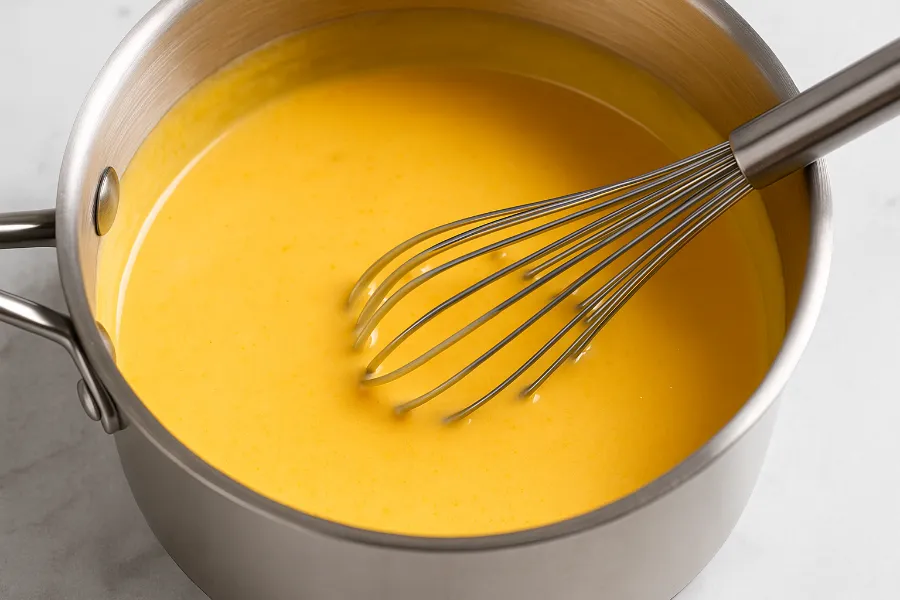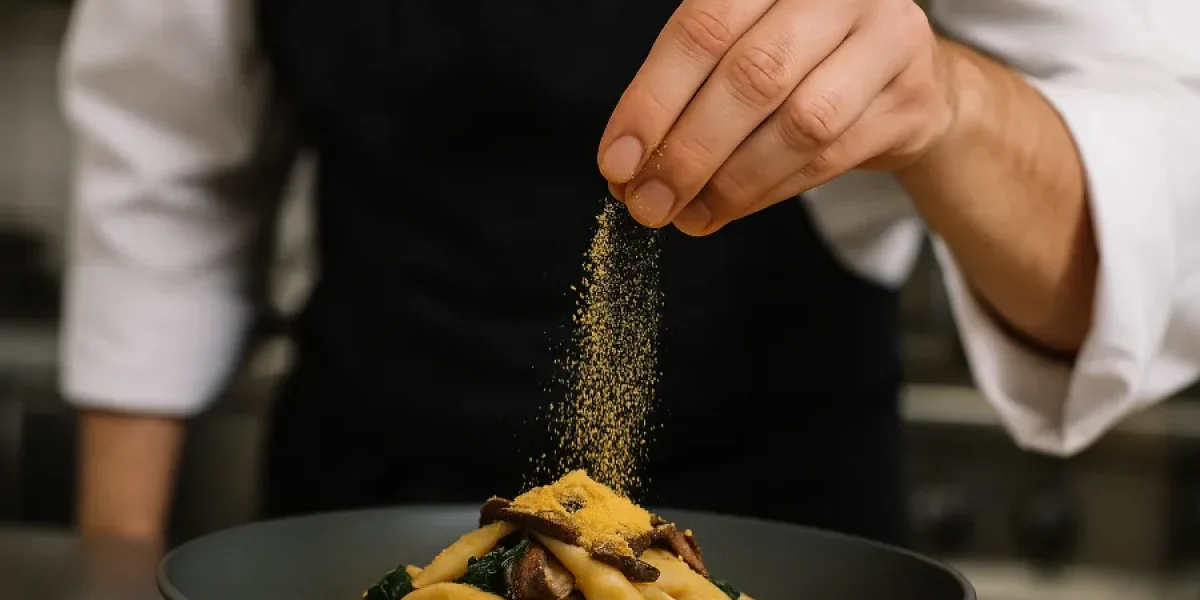From the moment I realized I’d run out of cheddar cheese powder mid-recipe, I knew I needed a backup plan. If you’re here searching for homemade cheddar cheese powder substitute ideas, you’re not alone. Today, I’m breaking down the best options, how to make them from scratch, and how to use them at home or even in high-end restaurant dishes. Whether you’re craving cheddar popcorn or planning a restaurant-style cheese dust, this post will guide you from pantry staples to professional-grade results.
Cheese Powder: What It Is and Why It Matters

The term cheese powder might sound like a convenience product, but it’s actually a fascinating piece of culinary chemistry. Essentially, it’s dehydrated cheese—real cheese that’s melted, dried, and ground into a fine, flavorful dust. Commercially, it’s often made by spray-drying emulsified cheese, creating a stable product used in snack coatings, sauces, and instant mac and cheese. But homemade cheese powder lets you skip the preservatives and create something far fresher, more customizable, and undeniably delicious.
Cheddar Cheese Powder: The Flavor Standard
When people talk about cheese powder, they usually mean cheddar cheese powder—the golden dust that adds instant comfort-food flavor to everything it touches. It’s sharp, savory, and nostalgic.
By making it yourself, you can choose the intensity of your cheese (mild, sharp, extra sharp), control the salt, and avoid artificial coloring. It’s not just better for you—it’s better tasting.
Powdered Cheese: Beyond the Basics
The phrase powdered cheese goes beyond cheddar. You can dry and grind Parmesan, Gouda, Swiss, or even aged goat cheese for different notes and textures.
Each type brings something unique:
- Parmesan = sharp and salty
- Gouda = buttery and mild
- Cheddar = tangy and bold
Understanding these profiles helps when crafting your perfect cheddar substitute—especially if you want to combine them for a more complex flavor.
Cheddar Substitute: Why You Might Need One

Maybe your grocery store is out of cheddar cheese powder. Maybe you want to avoid dairy. Or maybe you’re a chef looking to add depth to a dish without adding liquid cheese.
A good cheddar substitute checks four boxes:
- Savory umami flavor
- Shelf stability
- Easy to blend or sprinkle
- Adaptable for both home and restaurant use
Once you master the base technique, you’ll never be caught without your favorite cheese flavor again.
Cheese Powder for Popcorn: Snack-Time Magic
If you’ve ever eaten movie-theater popcorn, you already know the joy of cheese powder for popcorn. That rich, salty tang hits differently. Making your own version gives you control over the saltiness, spiciness, and creaminess. For a quick fix, toss hot popcorn with melted butter, then dust with your homemade cheese powder or cheddar substitute.
Pro tip: add a pinch of smoked paprika or chili powder to your mix for next-level flavor.
Cheddar Popcorn Seasoning: A Signature Sprinkle
Your homemade cheddar popcorn seasoning is going to be your new go-to blend. The key is balance—enough salt to pop, enough butter powder to stick, and enough umami to keep you reaching for another handful.
Base Blend:
- 2 tablespoons melted butter powder
- 2 tablespoons powdered cheese (any variety)
- 1 teaspoon nutritional yeast
- ½ teaspoon smoked paprika
- ½ teaspoon salt
Mix, shake, and sprinkle liberally. This same blend works on pretzels, roasted nuts, and even French fries.
Dehydrated Cheese: The Heart of Homemade Cheese Powder
Now let’s talk about the foundation—dehydrated cheese. This is where the magic starts.
To make true homemade cheddar cheese powder, you’ll need:
- 8 oz sharp cheddar cheese
- A fine grater
- Parchment paper
- A baking sheet or dehydrator tray
- A blender or spice grinder
Procedure:
- Grate cheese finely.
- Spread thinly on parchment.
- Dry slowly:
- In dehydrator: 130°F (54°C) for 8–12 hours.
- In oven: 150–170°F (65–75°C) for 6–8 hours with the door slightly ajar.
- Cool completely.
- Grind to a fine powder.
- Store airtight.
This method creates the closest possible match to commercial cheddar powder—minus the additives.
It’s the perfect base for all your cheddar substitute variations.

Cheese Powder for Fries: The Savory Upgrade
Let’s be honest—cheese powder for fries might be one of life’s simplest joys. Tossing hot fries with that golden dust instantly transforms them into gourmet comfort food.
Here’s my go-to blend:
- 3 tablespoons homemade cheese powder
- 1 teaspoon garlic powder
- ½ teaspoon onion powder
- ½ teaspoon smoked salt
Toss fries while hot so the cheese adheres perfectly. Add fresh parsley for a touch of brightness. It’s restaurant quality from your own kitchen.
Best Homemade Cheddar Cheese Powder Substitute Ideas
Let’s explore the best homemade cheddar substitute ideas—from dairy to vegan to high-end gastronomy.
1. Dehydrated Cheddar Cheese Powder
The classic. It delivers true cheddar flavor and smooth meltability. Great for popcorn, fries, sauces, and baking mixes.
2. Nutritional Yeast Cheddar Substitute (Vegan)
Ingredients:
- 3 tbsp nutritional yeast
- ½ tsp garlic powder
- ½ tsp onion powder
- ½ tsp paprika
- ½ tsp salt
- ½ tsp turmeric (optional)
Blend all ingredients until uniform. It’s nutty, savory, and perfect for vegan mac and cheese or popcorn seasoning.
3. Parmesan or Aged Cheese Blend
For a sharper, saltier option, use dried Parmesan or aged Asiago. Bake grated cheese at 180°F until dry, grind, and mix with garlic and turmeric. It’s an Italian twist on cheddar.
4. Maltodextrin Cheddar Dust (Restaurant Style)
For chefs and food stylists, this is the secret weapon. Melt ½ cup sharp cheddar, whisk in 1 cup maltodextrin until crumbly, then grind. You’ll get a silky powder that melts on contact—perfect for gourmet plating.
How to Use Homemade Cheddar Substitute in Real Recipes
Cheddar Dust Popcorn
- 8 cups popcorn
- 2 tbsp melted butter
- 2 tbsp cheddar powder substitute
Toss while hot for perfect coating.
Cheesy Garlic Fries
- Hot fries
- 3 tbsp cheese powder for fries
- ½ tsp garlic powder
- Pinch of salt
Toss, garnish, devour.
Instant Cheese Sauce
- 1 tbsp butter
- 1 tbsp flour
- 1 cup milk
- 2 tbsp cheddar substitute powder
Whisk and cook until smooth. Perfect over pasta, veggies, or baked potatoes.
Vegan Mac & Cheese
- 2 tbsp nutritional yeast blend
- 1 cup unsweetened almond milk
- 1 tbsp cornstarch
Heat until thick and creamy. Add cooked pasta and stir until coated.
Gourmet “Cheddar Snow”
Sprinkle maltodextrin cheddar dust over hot steak, risotto, or roasted vegetables right before serving. It melts into pure flavor.
Choosing the Right Substitute for Every Use
| Purpose | Best Substitute | Notes |
|---|---|---|
| Popcorn & snacks | Nutritional yeast or dehydrated cheddar | Light, even coating |
| Fries & chips | Dehydrated cheddar or Parmesan | Bold flavor, crisp texture |
| Sauces & soups | Dehydrated cheddar | Dissolves smoothly |
| Vegan dishes | Nutritional yeast blend | Dairy-free, tangy |
| Fine dining plating | Maltodextrin cheddar | Gourmet presentation |
Storage Tips for Homemade Cheese Powder
- Store in airtight glass jars or vacuum-sealed bags.
- Add a pinch of cornstarch to prevent clumping.
- Keep in a cool, dry place away from sunlight.
- Refrigerate for up to 6 months.
- Always scoop with a dry spoon.
How Chefs Use Cheese Powder in High-End Restaurants
In professional kitchens, cheese powder isn’t a shortcut—it’s an art form. Chefs use it to:
- Intensify flavor in sauces without altering texture.
- Create dusts and foams for plating.
- Finish dishes with delicate, melt-on-contact powders.
- Infuse oils and butters for concentrated flavor.
It’s the secret ingredient behind “cheese snow,” “cheddar dust,” and “umami butter”—all fine-dining tricks inspired by powdered cheese science.

Final Thoughts: Your Cheddar Substitute Journey
Making your own cheddar substitute is more than a kitchen experiment—it’s empowerment. You control every flavor note, from sharp to smoky to buttery. From homey cheese powder for popcorn to restaurant-level “cheddar snow,” every method in this post opens a new way to enjoy that comforting cheddar essence.
So the next time you reach for a bag of processed cheese powder, stop and think: you can make it better—fresh, flavorful, and perfectly tuned to your taste. Your kitchen just became your flavor lab. Go make something cheesy.
FAQs
The best substitute depends on your needs. Dehydrated cheddar gives authentic flavor, while nutritional yeast blends are perfect for vegan or dairy-free recipes.
Yes. Use your oven at its lowest setting (150–170°F) and bake grated cheese until dry, then grind it into a fine powder.
Stored in an airtight container in a cool, dry place, it lasts up to 2 months. Refrigeration can extend shelf life to 6 months.
They’re essentially the same—both refer to dehydrated cheese ground into fine, flavor-packed dust used for seasoning and sauces.
Absolutely. Nutritional yeast mixed with garlic, paprika, and turmeric creates a tangy, savory flavor that mimics cheddar beautifully.
Chefs use it as dusting for plating, to flavor sauces without liquid, or to create melt-in-mouth “cheddar snow” for gourmet finishes.
It’s incredibly versatile—sprinkle it on popcorn, fries, or pasta, blend it into dips, or use it in baked goods like crackers and biscuits.













